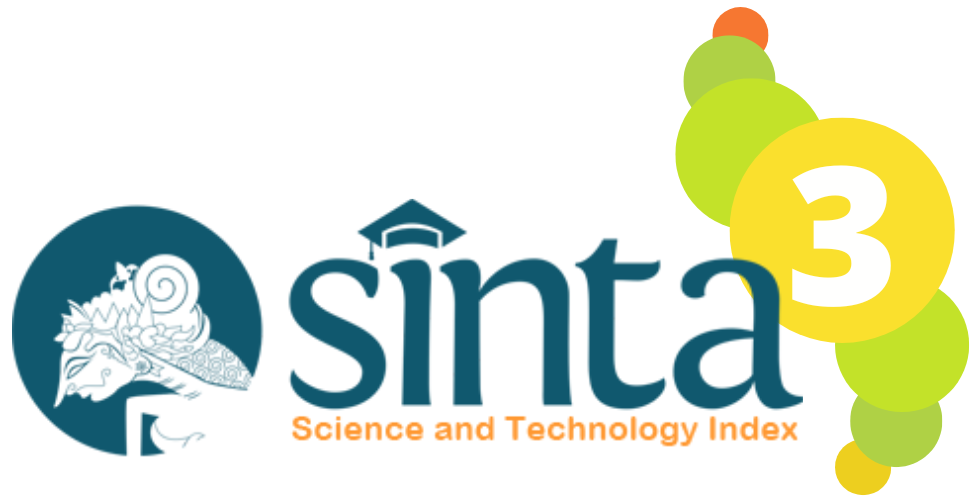KAJIAN KUAT LEKAT TULANGAN PADA FLOW!NG CONCRETE DITINJAU DAR! TINGGI JATUH PENGECORAN
DOI:
https://doi.org/10.21831/inersia.v3i1.8316Abstract
Abstract
Pumping method that widely used in the stage of concreting for
high rise building construction, will lead the fresh concrete into the risks
of bleeding and segregation that can caused inadequate concrete quality
due to the presence of more pores volume in hardened concrete.
Interfacial transition zone between plain concrete and reinforcing bar is a
main factor that dominantly determine the mechanical strength of
reinforced concrete members as a composite material. Fresh concrete
characteristics, casting method, and free fall height will mainly affect the
bond strength of a reinforced concrete structural member. This research
aimed to investigate the effects of free fall height in the concrete casting
on the bond strength of concrete reinforcement.
Concrete material that used in this research mixed using Ordinary
Portland Cement with 0.45 of water-cement ratio, 1% of polycarboxylate
based high range water reducer by weight of Portland cement, and a 16
mm of deformed steel reinforcing bar with 403.06 I\~Pa of yield strength.
The experiment was done on the free fall heights of 0 em, 30 em, 75 em,
100 em, 200 cm, and 300 em. Investigation of concrete compressive
strength was done using 18 15x15x15 cm3 standard cubes, and bond
strength using 18 standard samples of reinforcing bar casted in
15x15x15 cm3 concrete cubes.
The experimental test indicates that free fall height significantly
affects bond strength of steel reinforcement in a reinforced concrete
structural member. The optimum bond strength was achieved on 30 cm
of free faU height, and the failure of the samples meet with rull-out
mechanism. This result can be explained due to the presence of
gravitational force that lead the fresh concrete into an initial compacting
process by its own weight, when bleeding and segregation do not exist
it: the casted fresh concrete.
Keywords: strength of steel reinforcement, floowing concrete,
superplasticizer
Downloads
How to Cite
Issue
Section
License
Authors who publish with INERSIA journal agree to the following terms:
- Authors retain copyright and grant the INERSIA journal right of first publication with the work simultaneously licensed under Creative Commons Attribution License (CC BY 4.0) that allows others to share the work with an acknowledgment of the work's authorship and initial publication in this journal.
- Authors can enter into separate, additional contractual arrangements for the non-exclusive distribution of the published version of the work (e.g., post it to an institutional repository or edit it in a book), with an acknowledgment of its initial publication in this journal.
- Authors are permitted and encouraged to post their work online (e.g., in institutional repositories or on their website) before and during the submission process, as it can lead to productive exchanges, as well as earlier and greater citation of published work.

INERSIA by https://journal.uny.ac.id/index.php/inersia was distributed under a Creative Commons Attribution 4.0 International License







